Home>Furniture & Design>Interior Design Trends>What To Do With Glass Insulators
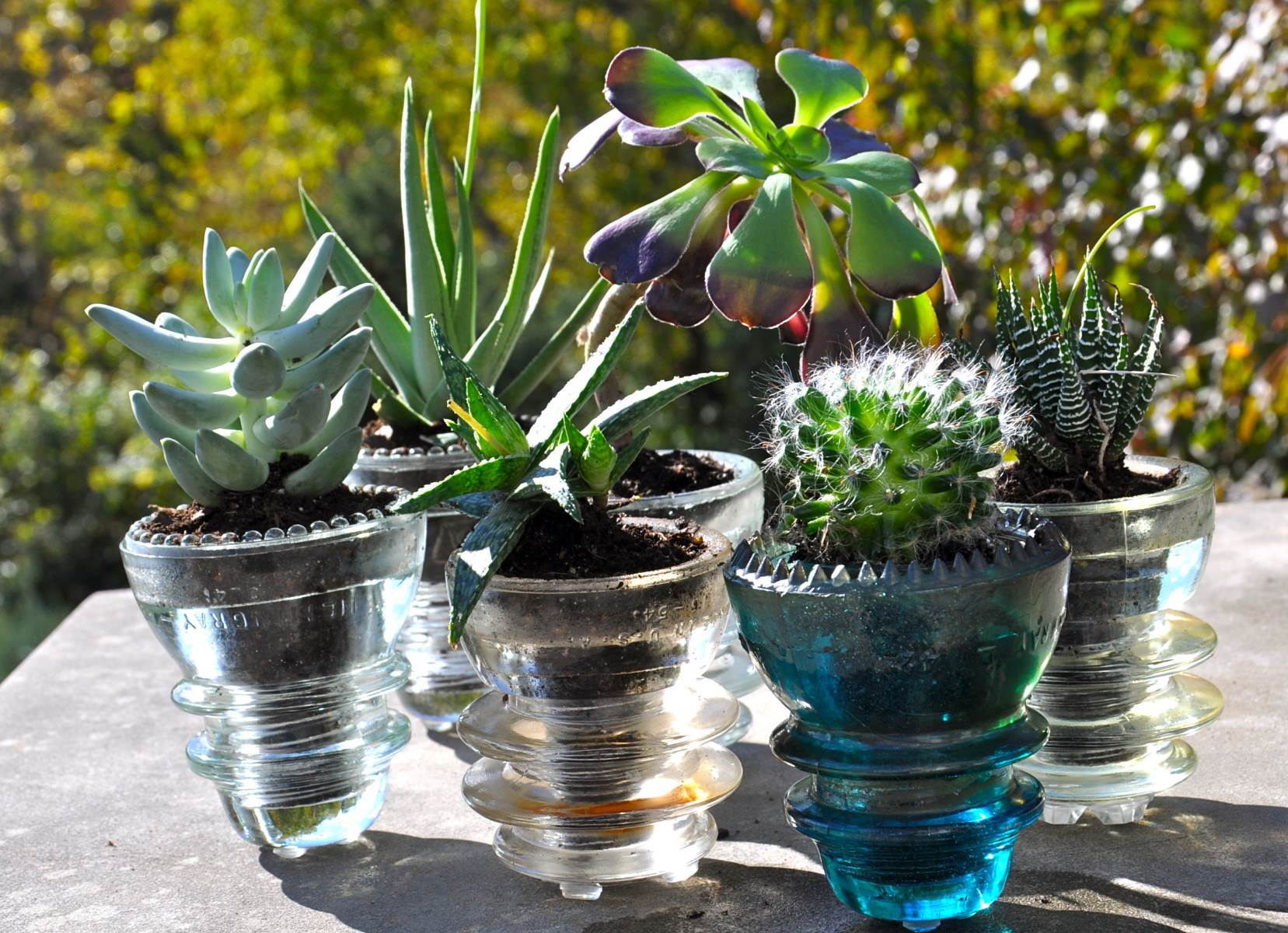

Interior Design Trends
What To Do With Glass Insulators
Modified: September 1, 2024
Discover the latest interior design trends for incorporating glass insulators into your home decor. Explore creative ideas and tips for adding a unique touch to your living space.
(Many of the links in this article redirect to a specific reviewed product. Your purchase of these products through affiliate links helps to generate commission for Storables.com, at no extra cost. Learn more)
Introduction
Glass insulators, once a staple of telecommunication and power line infrastructure, have evolved from functional components to sought-after collectibles and versatile decorative elements. These unique artifacts, originally designed to support and insulate electrical wires, have found new life as captivating pieces of history and art. From their humble beginnings in the late 19th century to their modern-day resurgence in interior design, glass insulators have captured the imagination of enthusiasts and creative minds alike.
The allure of glass insulators lies in their fascinating blend of industrial heritage and aesthetic appeal. Their distinctive shapes, vibrant colors, and intricate designs reflect the craftsmanship of a bygone era, offering a glimpse into the ingenuity and artistry of early electrical engineering. As these relics of the past continue to pique the interest of collectors, decorators, and DIY enthusiasts, their versatility and charm have sparked a renaissance in repurposing and showcasing them in innovative ways.
Whether you're a history buff, a vintage aficionado, or a design enthusiast, exploring the world of glass insulators opens up a realm of possibilities. From uncovering the rich history behind these timeless artifacts to discovering creative ways to integrate them into modern interiors, the journey of glass insulators transcends time and resonates with a sense of nostalgia and creativity. As we delve into the history, collecting, repurposing, and display of glass insulators, we embark on a captivating exploration of their enduring legacy and the myriad ways they continue to inspire and enrich our living spaces.
Key Takeaways:
- Glass insulators, once essential for telecommunication and power, are now cherished collectibles and versatile decor. Their vibrant colors and intricate designs continue to inspire creativity and nostalgia in modern interiors.
- From history to repurposing, glass insulators offer a journey of exploration and creativity. Collectors unravel their narratives, DIY enthusiasts repurpose them into unique decor, and crafters celebrate their timeless allure in bespoke creations.
Read more: What Is Insulated Glass
History of Glass Insulators
The history of glass insulators traces back to the rapid expansion of telecommunication and electrical infrastructure in the late 19th century. As the demand for reliable transmission of telegraph and later telephone signals surged, the need for effective insulation and support for overhead wires became paramount. This necessity led to the development of glass insulators, which played a pivotal role in revolutionizing communication and power distribution systems.
The earliest glass insulators, often referred to as "telegraph insulators," were crafted from durable glass materials such as porcelain and later, glass. These insulators were meticulously designed to withstand the rigors of outdoor exposure, providing essential insulation for telegraph wires and later, electrical cables. The evolution of glass insulators paralleled the advancements in telecommunication and electrical engineering, with manufacturers continually refining their designs to meet the evolving demands of the burgeoning infrastructure.
One of the defining features of glass insulators is their diverse array of shapes, colors, and embossed markings, reflecting the rich tapestry of manufacturers and designs that emerged during the peak of their production. From the iconic "CD" (Consolidated Design) style to the distinctive "Mushroom" and "Pennycuick" profiles, each type of insulator carries its own historical significance and visual allure.
The widespread adoption of glass insulators coincided with the electrification of rural and urban areas, enabling the efficient transmission of electrical power across vast distances. As the telecommunication and power industries flourished, glass insulators became ubiquitous components of the landscape, adorning countless utility poles and telegraph lines with their distinctive presence.
However, with the advent of modern materials and technological advancements, the era of glass insulators as essential components of infrastructure gradually waned. Despite their gradual displacement by more advanced insulating materials, the legacy of glass insulators endures as a testament to the ingenuity and craftsmanship of early electrical engineers and glass artisans.
Today, the historical significance and captivating aesthetics of glass insulators continue to captivate collectors, historians, and enthusiasts, preserving their legacy as cherished relics of a transformative era in communication and power distribution.
The journey of glass insulators from indispensable components of the past to cherished collectibles and design elements exemplifies their enduring legacy and timeless appeal. As we delve into the realms of collecting, repurposing, and showcasing glass insulators, we embark on a captivating exploration of their enduring legacy and the myriad ways they continue to inspire and enrich our living spaces.
Collecting Glass Insulators
Collecting glass insulators has evolved from a niche hobby to a passionate pursuit embraced by enthusiasts worldwide. The allure of these vintage artifacts lies in their historical significance, diverse designs, and vibrant colors, making them coveted additions to collections. For avid collectors, the hunt for rare and unique insulators becomes a thrilling quest that intertwines history, craftsmanship, and the joy of discovery.
The appeal of glass insulator collecting extends beyond their aesthetic charm. Each insulator carries a story, reflecting the era of its production, the manufacturer, and the specific purpose it served in the intricate web of telecommunication and power distribution networks. This rich tapestry of history and design fuels the enthusiasm of collectors, who seek to unravel the narratives encapsulated within each insulator they acquire.
Enthusiasts often embark on expeditions to unearth these treasures, scouring antique shops, flea markets, and online auctions in pursuit of elusive specimens. The thrill of stumbling upon a rare "CD 162 Hemingray" or a vibrant "Brookfield Signal" insulator fuels the passion for collecting, driving enthusiasts to expand and diversify their collections.
The community of glass insulator collectors is a vibrant and inclusive one, fostering camaraderie and knowledge sharing among aficionados. Online forums, social media groups, and dedicated gatherings provide platforms for collectors to exchange insights, showcase their prized acquisitions, and engage in discussions about the nuances of insulator identification and valuation.
As collectors amass a diverse array of insulators, they often delve into the realm of historical research, uncovering the manufacturing origins, production timelines, and unique characteristics of each piece. This journey of exploration adds depth and context to their collections, transforming them into curated archives of industrial history and design evolution.
The intrinsic value of glass insulators as tangible links to the past, combined with their visual appeal and historical significance, elevates them from mere artifacts to cherished collectibles. Whether displayed in meticulously organized showcases or integrated into home decor, these insulators serve as tangible reminders of a transformative era in communication and electrical engineering.
In essence, the pursuit of collecting glass insulators transcends mere acquisition; it embodies a deep appreciation for craftsmanship, history, and the enduring legacy of these remarkable artifacts. As collectors continue to preserve and celebrate the heritage of glass insulators, their passion ensures that these timeless relics remain cherished and revered for generations to come.
Repurposing Glass Insulators
Repurposing glass insulators offers a creative and sustainable approach to integrating these timeless artifacts into modern living spaces. Beyond their historical significance and aesthetic appeal, glass insulators possess inherent versatility, making them ideal candidates for innovative upcycling and repurposing projects. By breathing new life into these vintage treasures, enthusiasts and DIY enthusiasts alike can unleash their imagination and transform insulators into captivating functional and decorative elements.
One popular repurposing idea involves transforming glass insulators into unique pendant lights. By carefully wiring and suspending insulators from ceilings, these repurposed creations infuse spaces with a nostalgic ambiance while serving as striking focal points. The interplay of light and color through the glass adds a captivating dimension to interior lighting, evoking a sense of vintage charm and creativity.
Another imaginative repurposing concept involves repurposing glass insulators as eclectic candle holders. By placing candles within the insulator's cavity, the refracted glow of the flame through the glass creates a mesmerizing display of light and shadow. This repurposing idea not only imbues spaces with a warm and inviting atmosphere but also showcases the unique design and craftsmanship of each insulator.
Furthermore, repurposed glass insulators can be ingeniously transformed into distinctive drawer pulls or cabinet knobs, adding a touch of vintage elegance to furniture and cabinetry. The juxtaposition of these repurposed insulators against modern furnishings creates a captivating fusion of old and new, infusing interiors with character and individuality.
For those with a penchant for gardening and outdoor decor, repurposing glass insulators as charming planters offers a delightful way to bring a touch of history and whimsy to gardens and patios. By carefully suspending insulators or arranging them on outdoor surfaces, these repurposed planters become captivating vessels for succulents, air plants, or small herbs, adding a unique and eye-catching element to outdoor spaces.
In essence, the possibilities for repurposing glass insulators are as diverse as they are inspiring. From imaginative lighting fixtures to captivating decor accents, the art of repurposing insulators transcends mere creativity; it embodies a celebration of history, craftsmanship, and sustainable design. By embracing these repurposing ideas, enthusiasts can breathe new life into glass insulators, ensuring that their timeless allure continues to enrich and inspire modern living spaces for years to come.
Repurpose glass insulators as unique candle holders by placing a tea light or small candle inside. The insulator’s design will create a beautiful and interesting pattern of light.
Using Glass Insulators in Crafts
Repurposing glass insulators in crafts offers a myriad of creative opportunities to infuse spaces with vintage charm and artistic flair. From imaginative DIY projects to bespoke handmade creations, incorporating glass insulators into crafts allows enthusiasts to unleash their creativity and celebrate the timeless allure of these historic artifacts.
One captivating craft idea involves transforming glass insulators into distinctive candle holders. By placing tea lights or small candles within the insulator's cavity, the refracted glow of the flame through the glass creates a mesmerizing display of light and shadow. This craft not only adds a warm and inviting ambiance to any setting but also showcases the unique design and craftsmanship of each insulator, making it a captivating centerpiece for intimate gatherings or cozy evenings at home.
Furthermore, utilizing glass insulators as elegant bases for custom-made table lamps presents an opportunity to blend vintage aesthetics with modern functionality. By pairing insulators with compatible lamp fixtures and shades, craft enthusiasts can create bespoke lighting pieces that exude a sense of nostalgia and individuality. The interplay of light and color through the glass insulator adds a captivating dimension to interior lighting, infusing spaces with a timeless allure and a touch of artisanal charm.
Crafting unique jewelry and accessories using glass insulators offers a distinctive way to showcase their intricate designs and vibrant colors. By carefully repurposing insulators into pendants, earrings, or statement pieces, artisans can create one-of-a-kind jewelry that pays homage to the industrial heritage and craftsmanship of these timeless artifacts. The fusion of vintage glass with contemporary designs results in striking accessories that serve as conversation starters and wearable pieces of history.
Moreover, incorporating glass insulators into mixed-media art projects and sculptures allows artists to explore the interplay of textures, colors, and historical symbolism. Whether integrated into assemblage art, mosaics, or sculptural installations, insulators add a unique dimension to artistic expressions, infusing them with a sense of nostalgia and industrial character.
In essence, using glass insulators in crafts transcends mere creativity; it embodies a celebration of history, craftsmanship, and artistic ingenuity. By embracing these craft ideas, enthusiasts can honor the legacy of glass insulators while infusing their living spaces with bespoke creations that resonate with timeless allure and creative expression.
Read more: What Are Glass Insulators
Displaying Glass Insulators
Displaying glass insulators offers a captivating opportunity to showcase their historical significance and aesthetic allure while infusing living spaces with a touch of vintage charm. Whether curated as part of a comprehensive collection or integrated as standalone decor accents, the art of displaying glass insulators celebrates their enduring legacy and craftsmanship.
One compelling approach to displaying glass insulators involves creating dedicated showcases or shelving arrangements that highlight their diverse shapes, colors, and embossed markings. By arranging insulators in a visually engaging manner, collectors and enthusiasts can transform their collections into captivating visual narratives, inviting viewers to appreciate the intricate details and historical nuances of each piece.
For those seeking to integrate glass insulators into their interior decor, incorporating them into vignettes or curated displays offers a versatile and visually striking option. Placing insulators atop mantels, bookshelves, or side tables allows their vibrant hues and unique profiles to become captivating focal points, adding a nostalgic and eclectic touch to the surrounding space.
Furthermore, utilizing glass insulators as part of tablescapes and centerpieces presents an opportunity to infuse dining and entertaining areas with vintage elegance. Whether arranged as standalone accents or incorporated into floral arrangements, insulators lend a distinctive charm to tabletop decor, evoking a sense of history and artistry that enriches the dining experience.
In outdoor settings, displaying glass insulators as garden accents or patio decor adds a whimsical and nostalgic dimension to the landscape. Whether nestled among potted plants, arranged along garden pathways, or suspended from pergolas, insulators become captivating focal points that infuse outdoor spaces with a touch of vintage allure and creative flair.
Moreover, integrating glass insulators into thematic decor arrangements, such as industrial or vintage-inspired settings, allows enthusiasts to create immersive and visually compelling environments that pay homage to the industrial heritage of these timeless artifacts.
In essence, the art of displaying glass insulators transcends mere presentation; it embodies a celebration of history, craftsmanship, and creative expression. By embracing diverse display methods, enthusiasts can honor the legacy of glass insulators while infusing their living spaces with curated showcases that resonate with timeless allure and historical significance.
Conclusion
In conclusion, the enduring legacy of glass insulators transcends their historical significance and aesthetic allure, permeating the realms of collecting, repurposing, crafting, and display. These timeless artifacts, once essential components of telecommunication and power infrastructure, have evolved into cherished collectibles and versatile design elements that continue to inspire and captivate enthusiasts worldwide.
The journey of glass insulators from indispensable components of the past to coveted collectibles exemplifies their enduring appeal and timeless allure. As collectors meticulously seek out rare and unique specimens, they unravel the narratives encapsulated within each insulator, preserving their historical significance and design evolution for future generations.
The art of repurposing glass insulators offers a sustainable and creative approach to integrating these vintage treasures into modern living spaces. From imaginative lighting fixtures to captivating decor accents, the versatility of insulators lends itself to innovative upcycling projects that celebrate history, craftsmanship, and sustainable design.
Furthermore, utilizing glass insulators in crafts allows enthusiasts to infuse spaces with vintage charm and artistic flair. Whether crafting bespoke lighting pieces, unique jewelry, or mixed-media art projects, the interplay of historical symbolism and creative expression elevates these crafts into captivating celebrations of history and ingenuity.
The art of displaying glass insulators provides a captivating opportunity to showcase their historical significance and aesthetic allure, infusing living spaces with a touch of vintage charm. Whether curated as part of comprehensive collections or integrated as standalone decor accents, insulators become captivating focal points that enrich the surrounding environment with a sense of nostalgia and creativity.
In essence, the journey of glass insulators from their humble origins to their modern-day resurgence in interior design reflects their enduring legacy and timeless appeal. As these artifacts continue to inspire and enrich our living spaces, their historical significance, vibrant colors, and intricate designs serve as tangible reminders of a transformative era in communication and electrical engineering. Whether collected, repurposed, crafted, or displayed, glass insulators embody a celebration of history, craftsmanship, and creative expression, ensuring that their timeless allure continues to resonate with enthusiasts and design aficionados for years to come.
Frequently Asked Questions about What To Do With Glass Insulators
Was this page helpful?
At Storables.com, we guarantee accurate and reliable information. Our content, validated by Expert Board Contributors, is crafted following stringent Editorial Policies. We're committed to providing you with well-researched, expert-backed insights for all your informational needs.
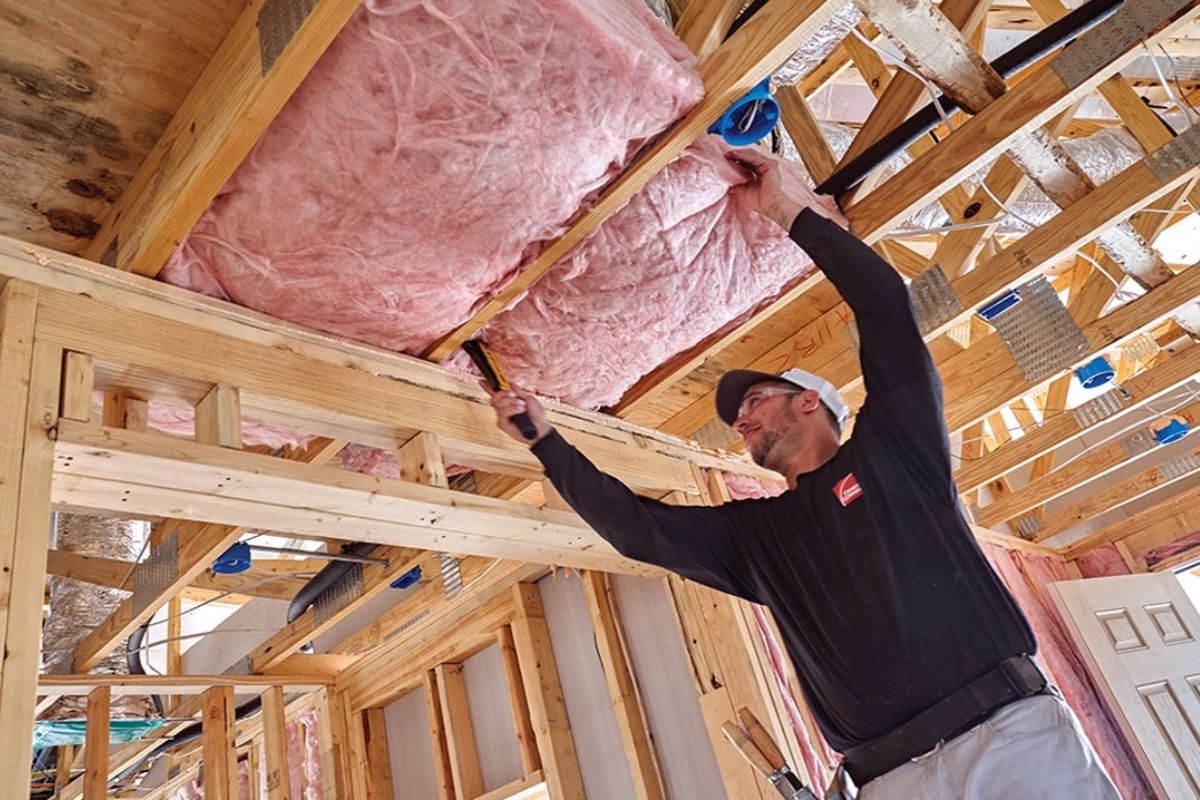
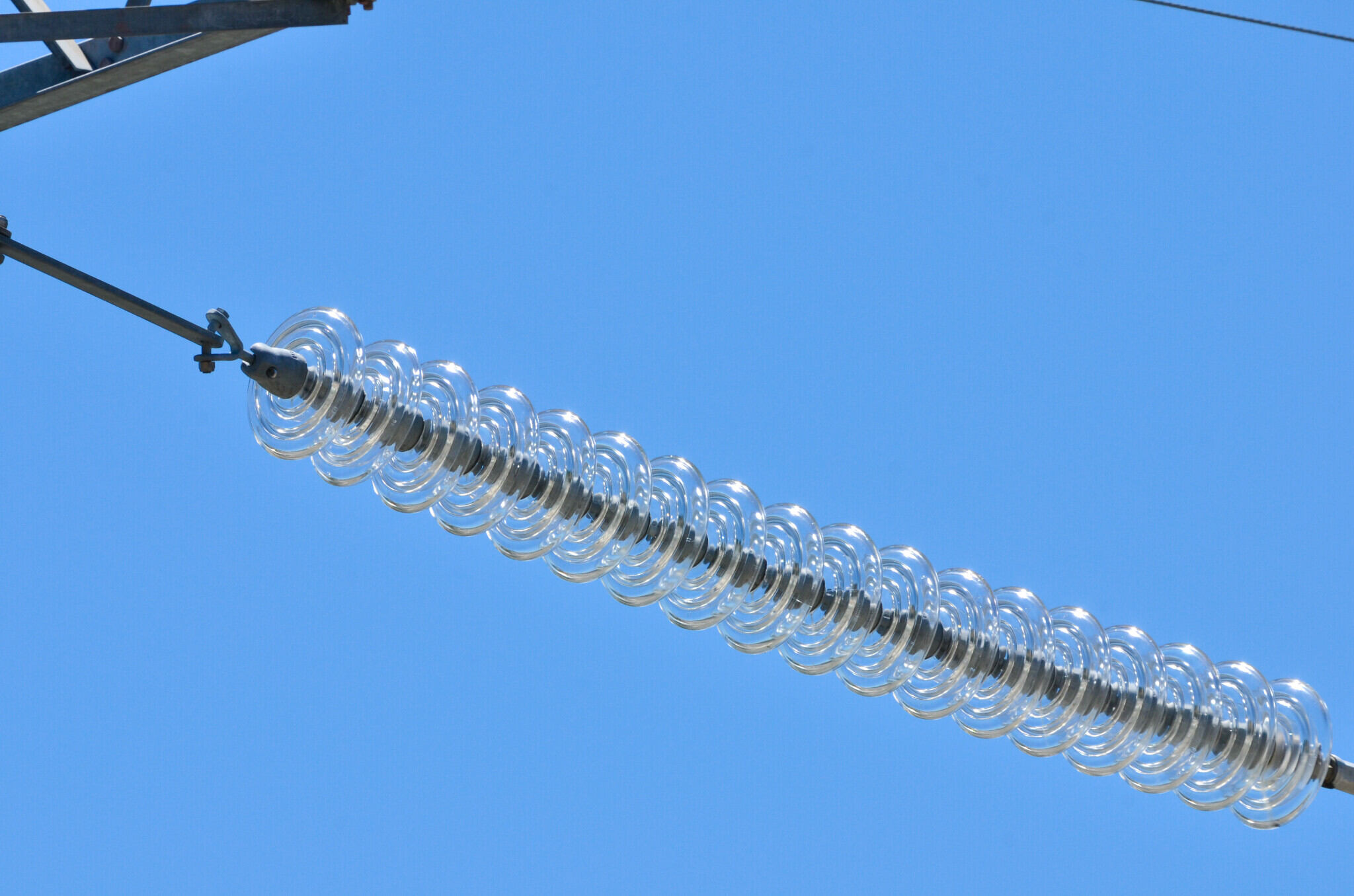
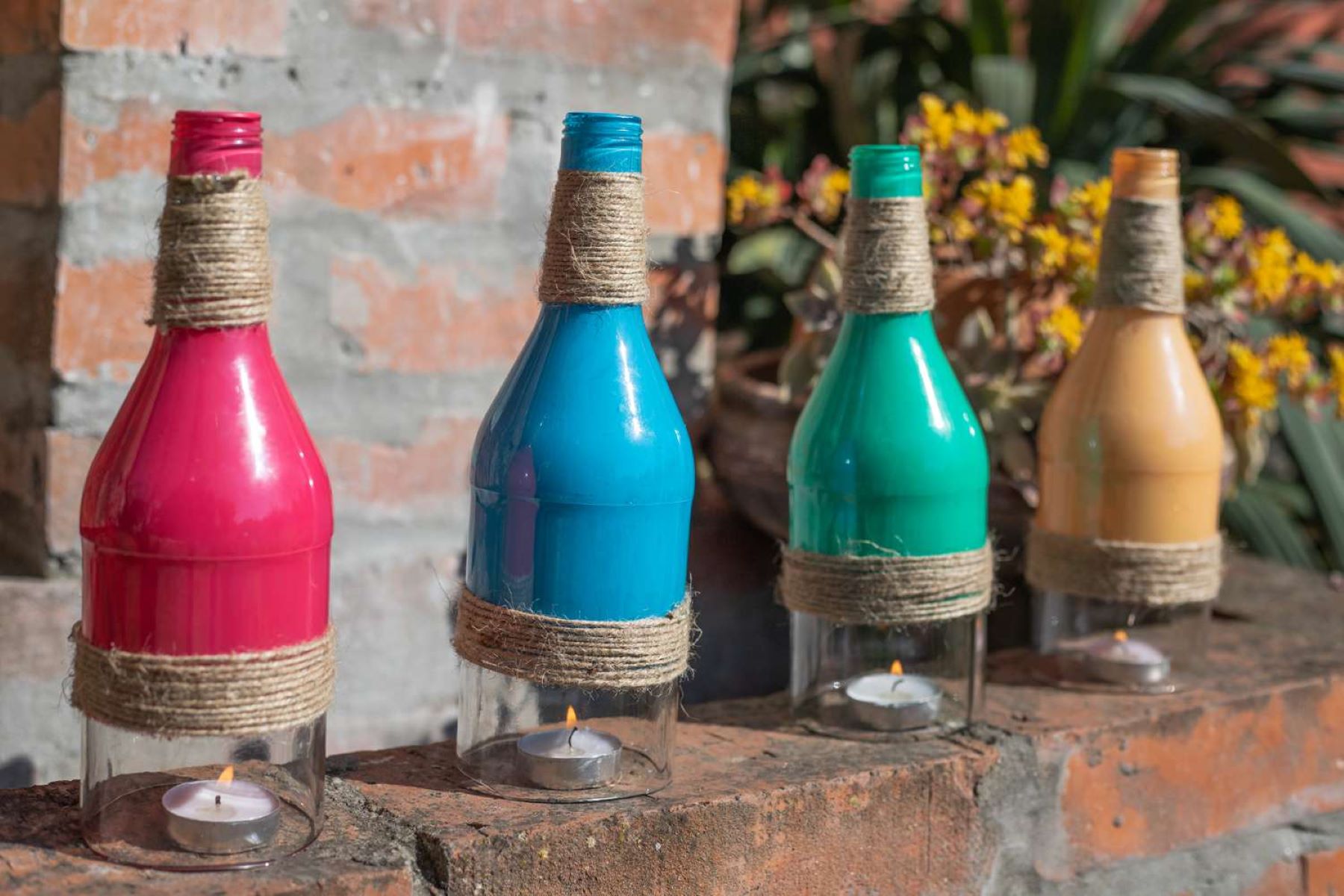


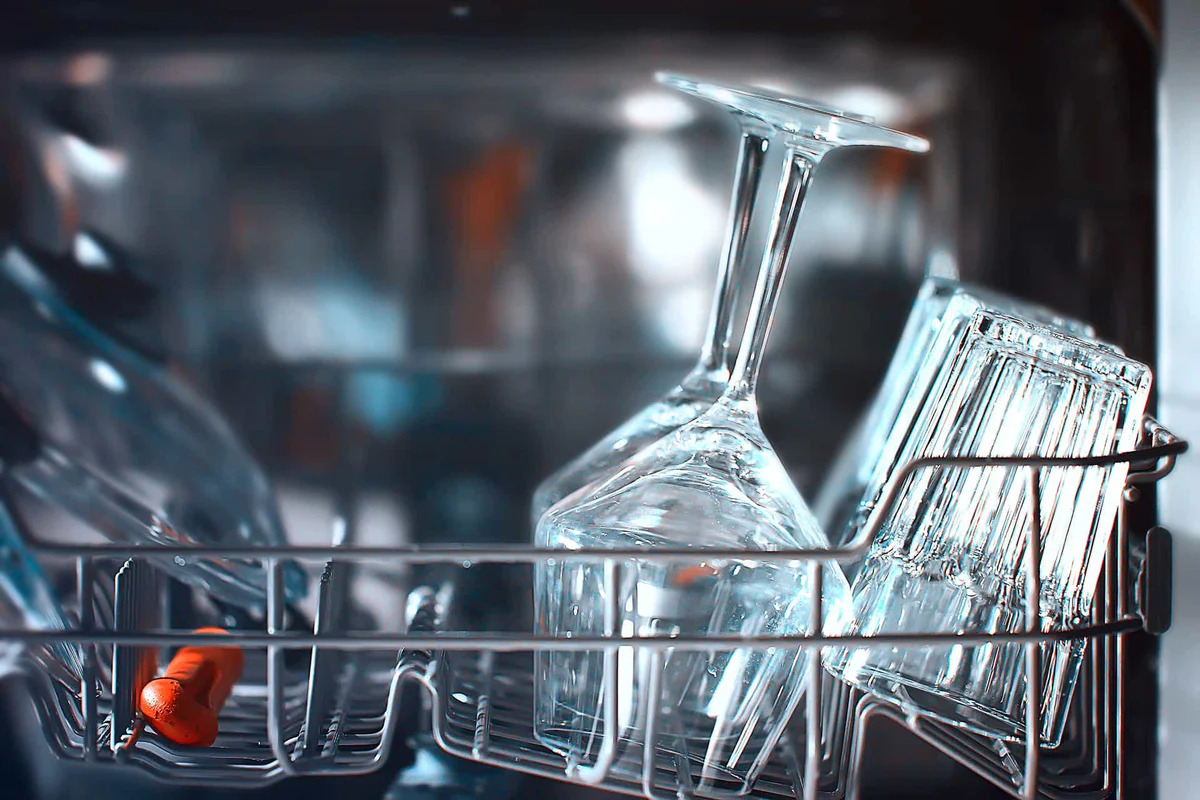
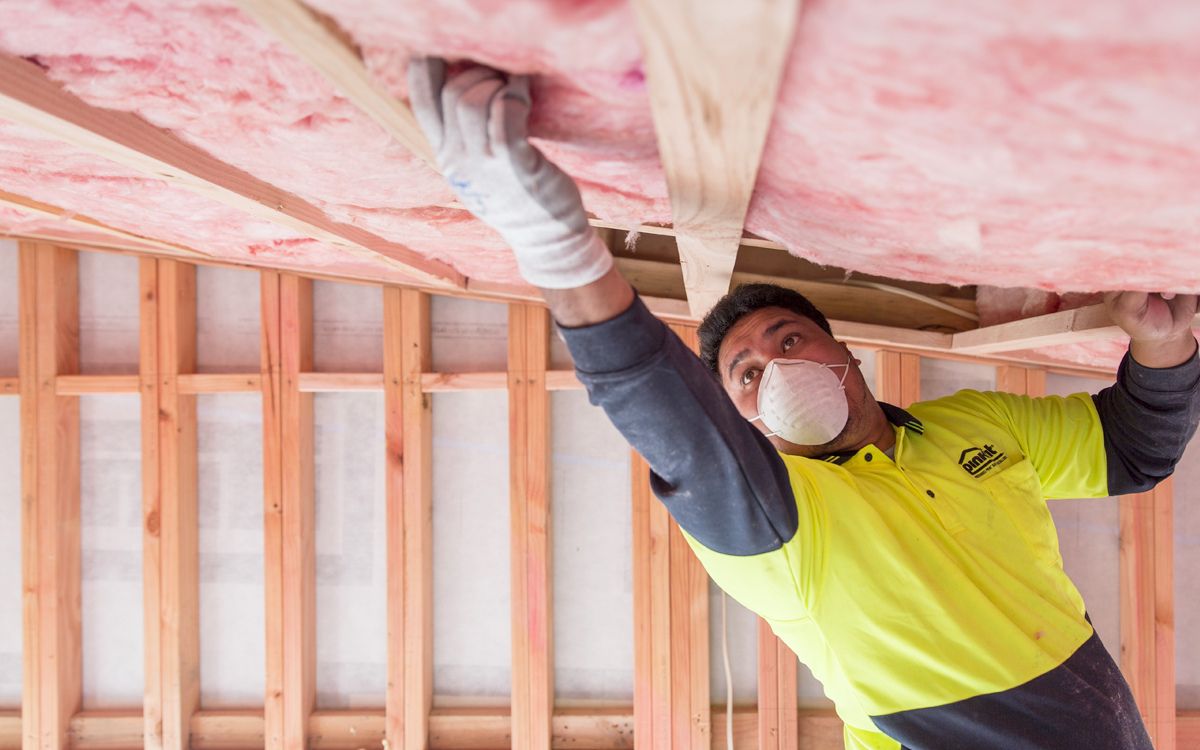
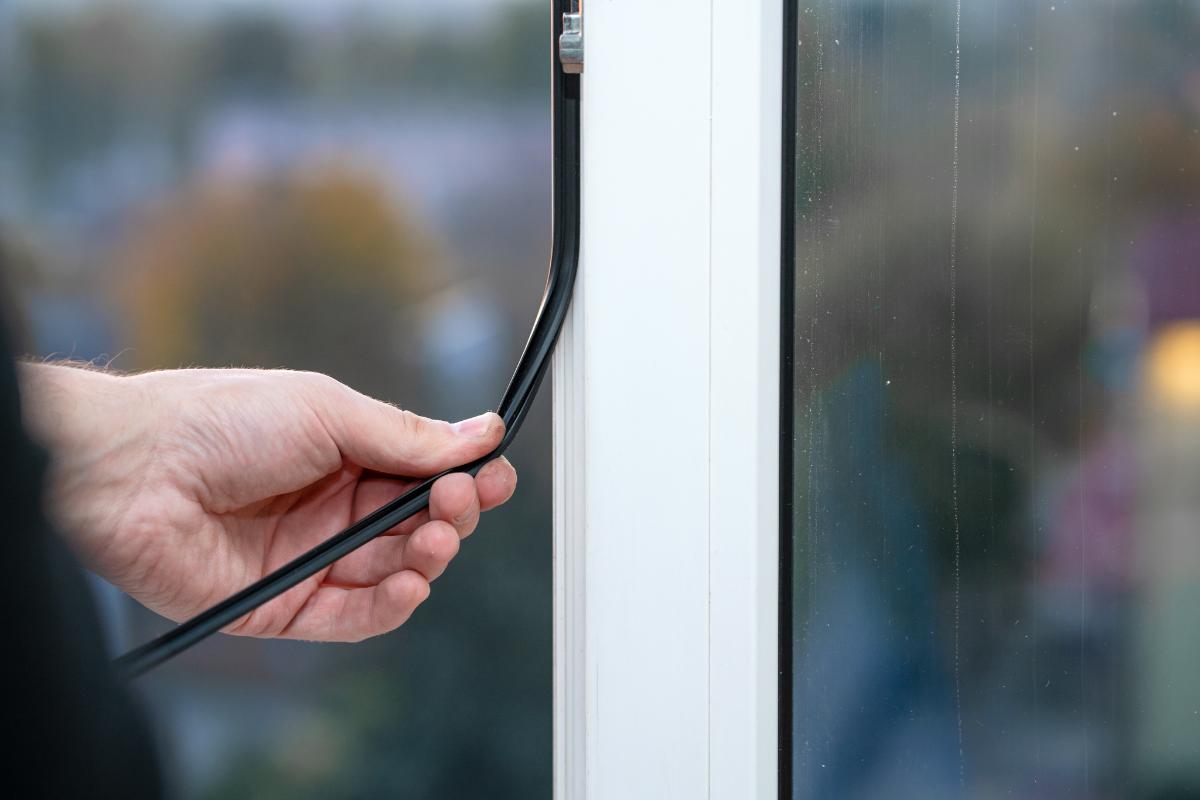
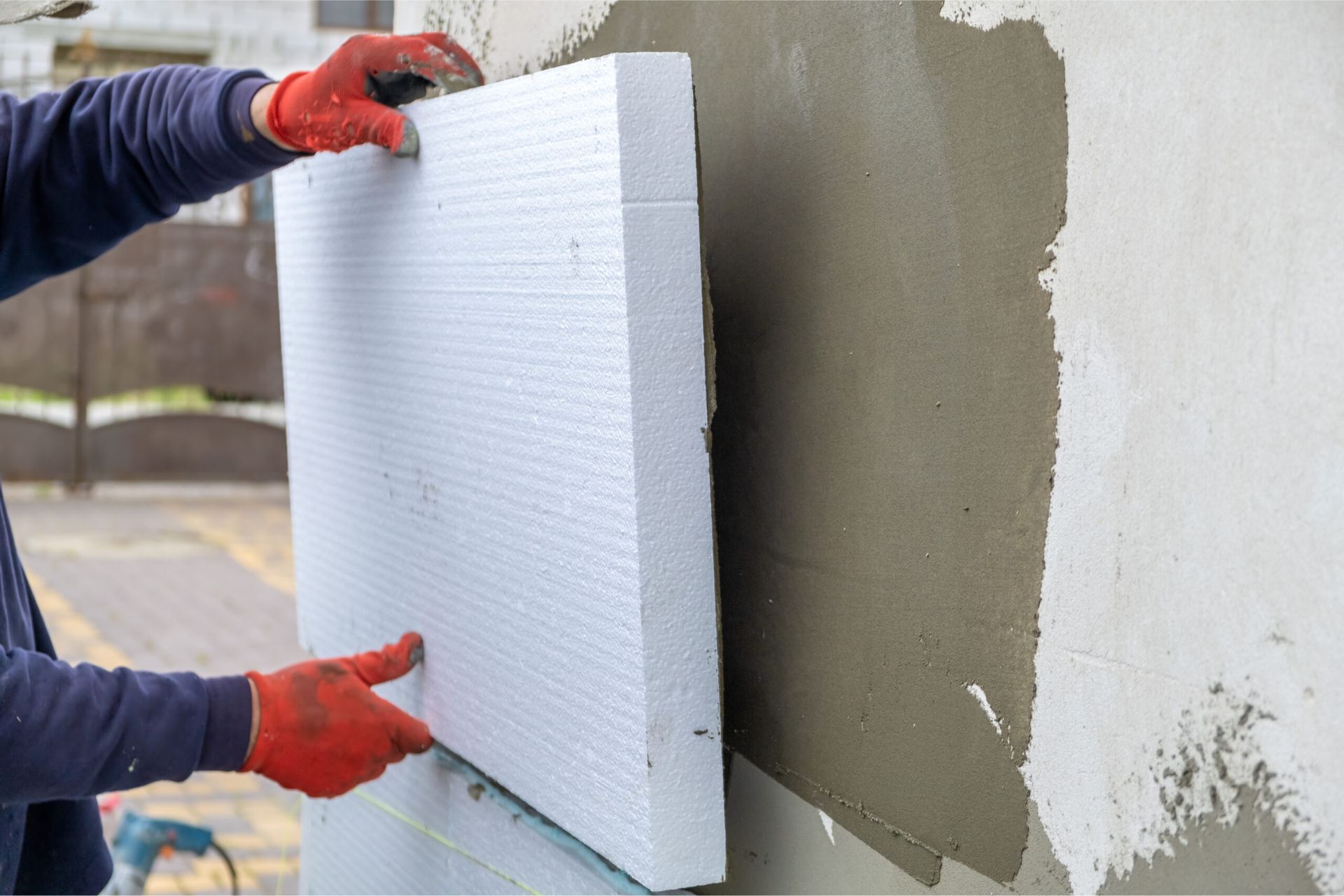

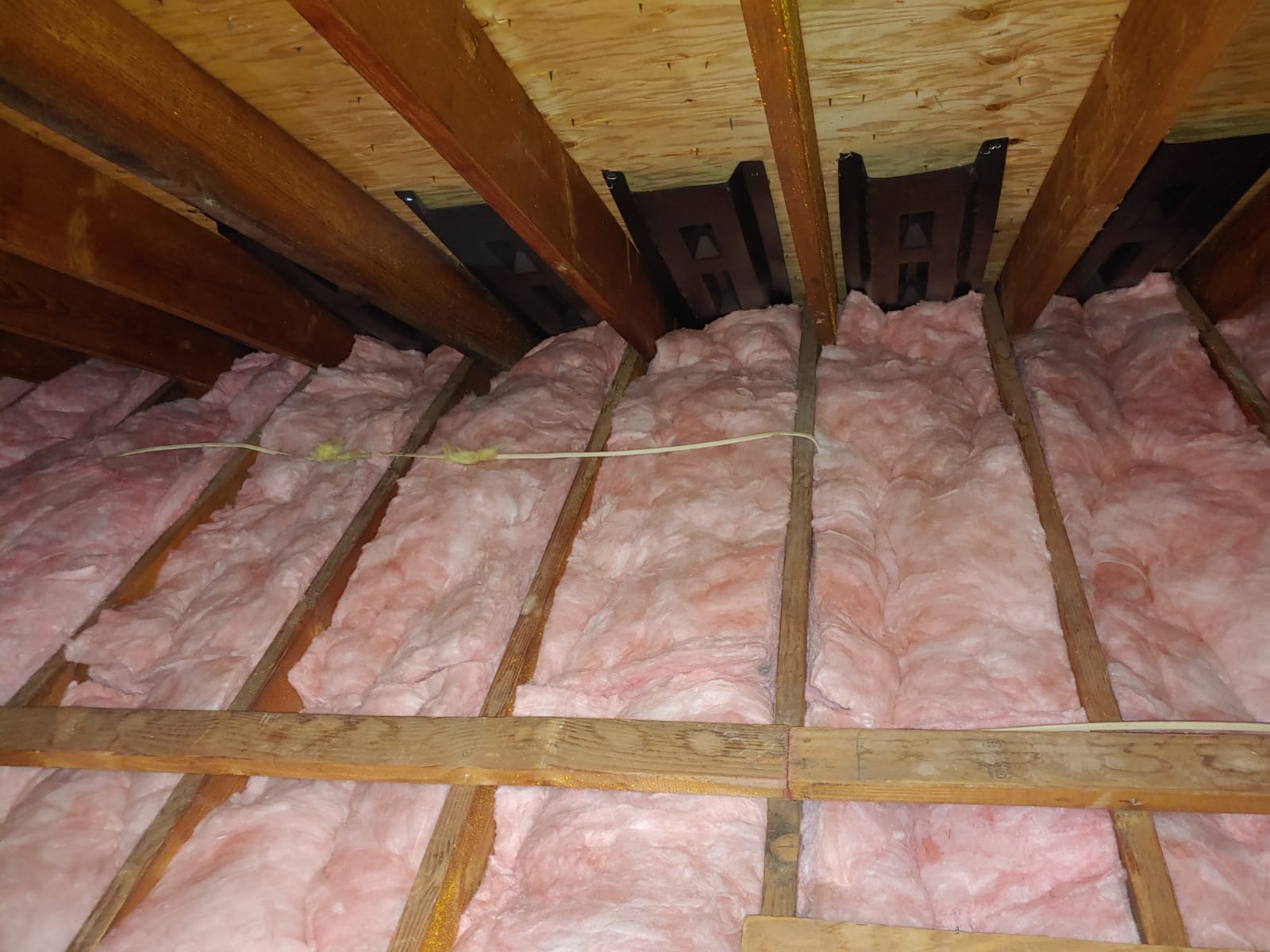
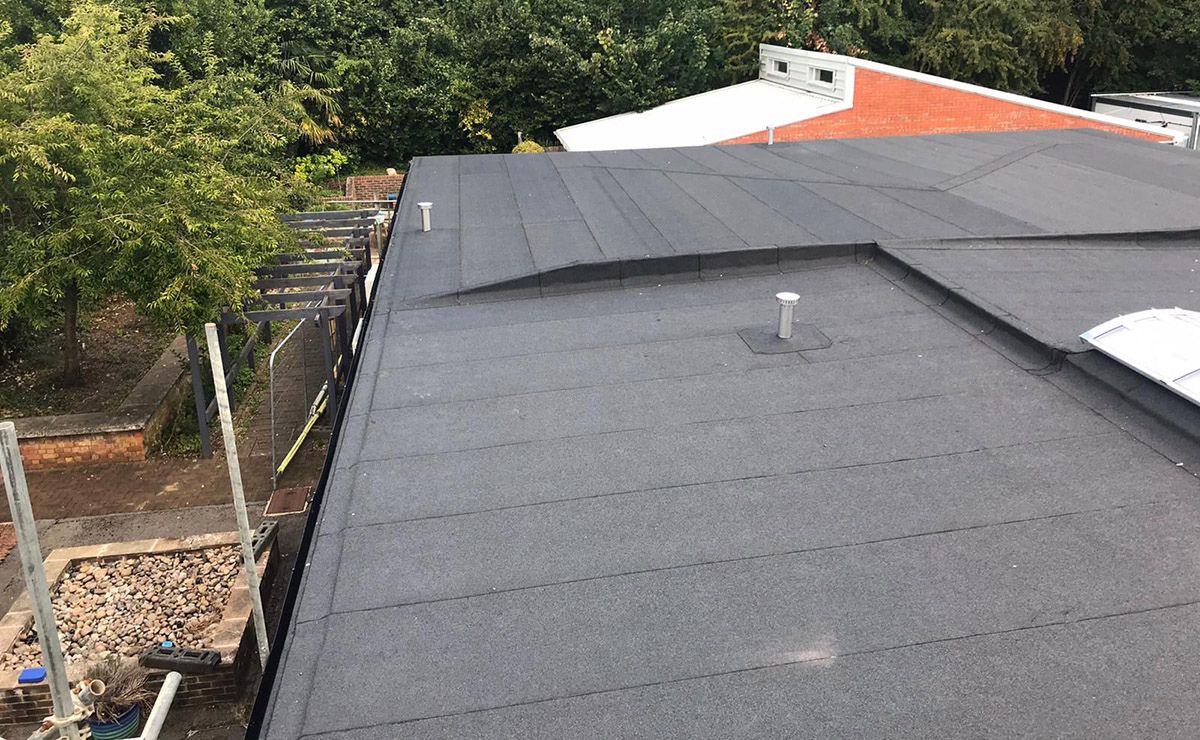
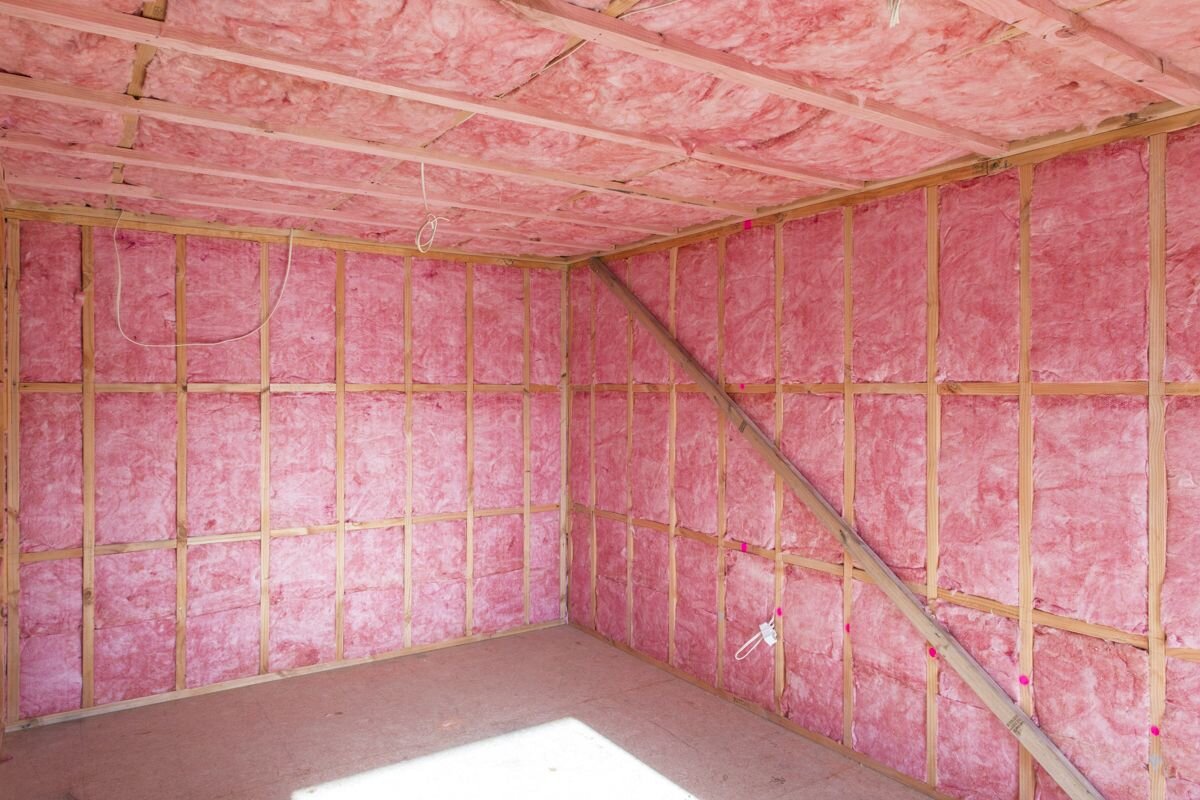
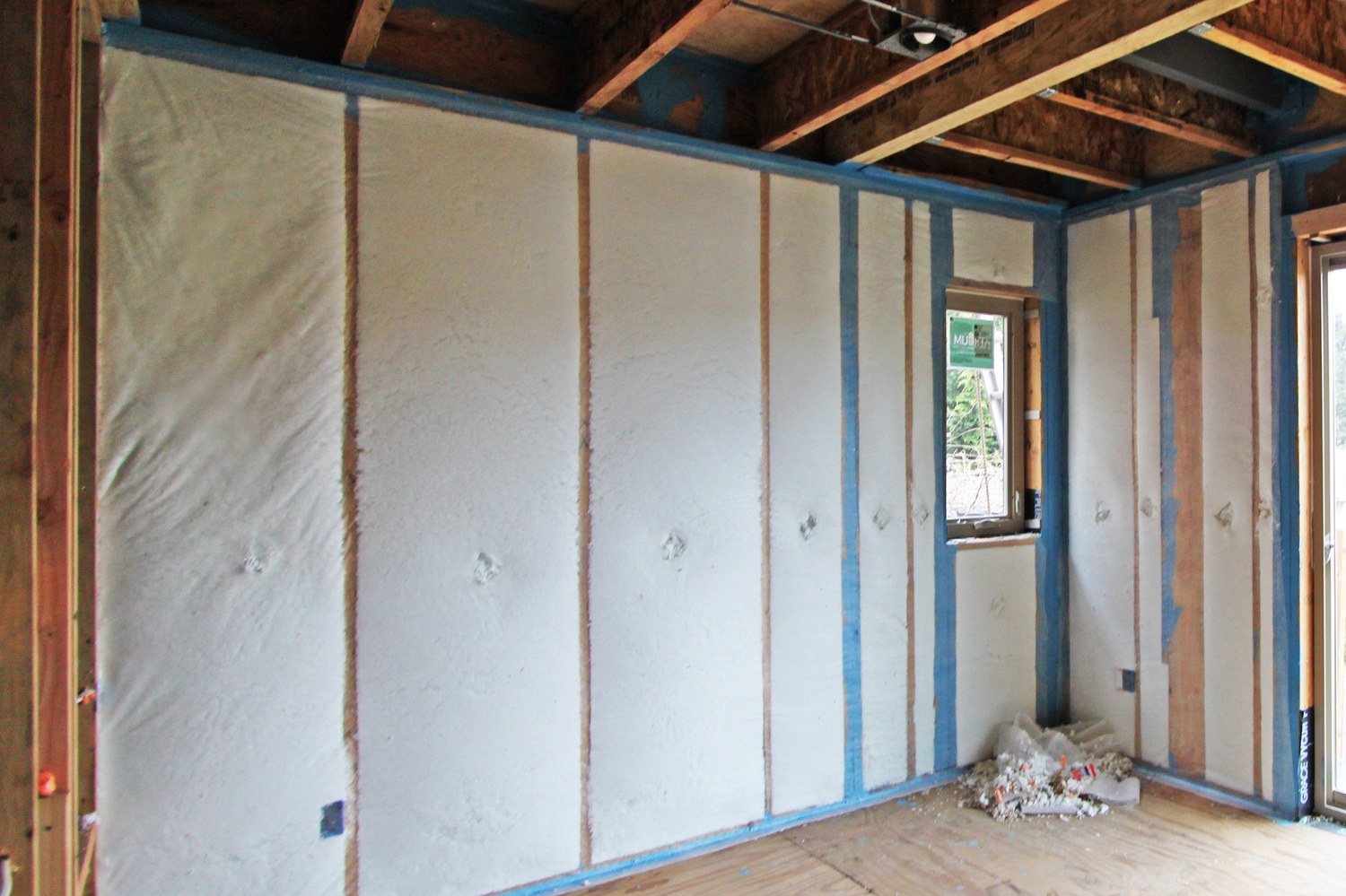

0 thoughts on “What To Do With Glass Insulators”